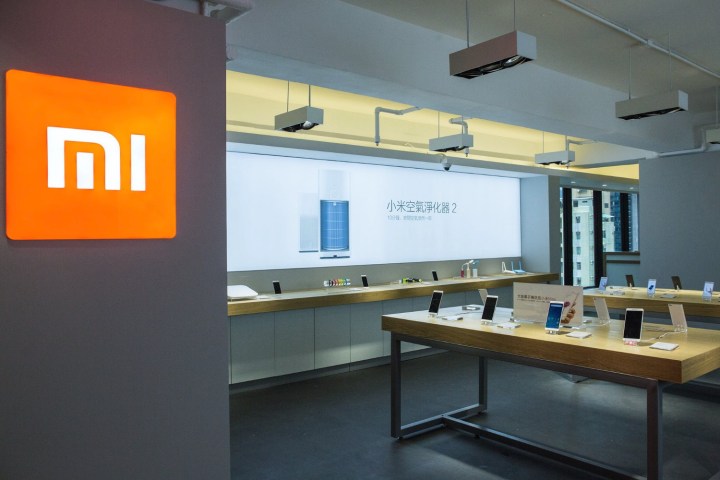
While many assume the retail store is a dying medium, such stores have helped the likes of Oppo and Vivo beat Xiaomi in the Chinese smartphone market in the past. As part of Xiaomi’s new strategy, a hefty 200 stores will be opened in 2017 alone.
The move could help Xiaomi sell more than just smartphones. The company has been expanding around the world — particularly in India and has invested in dozens of startups, to where it now offers things like drones, speakers, robotic vacuums, and even air purifiers.
Of course, Xiaomi isn’t alone in the retail space, and its stores look very similar to another big player in the electronics retail space — Apple. For example, the Mi Home stores have similar simplistic designs with white walls and spacious tables, with which it will display its wide array of products. Currently, it has 50 locations around China — beating out Apple, which only has 40 stores in mainland China. Most of those stores are located in large cities.
Xiaomi is also making other major decisions to help push its smartphone sales. Most recently, we heard that the company was looking to reduce its dependence on Qualcomm by developing its own processors. Those processors are expected to be called “Pinecone,” and they could find their way onto the market within a month, according to reports. In developing its own chip, it will be following in the footsteps of Samsung, which has developed its own Exynos processors.
Editors' Recommendations
- Apple’s latest store opening is one of its most significant in years
- Apple and Google are going to need to open up their app stores in South Korea
- Take a look inside Google’s first-ever retail store
